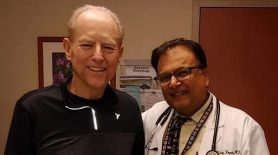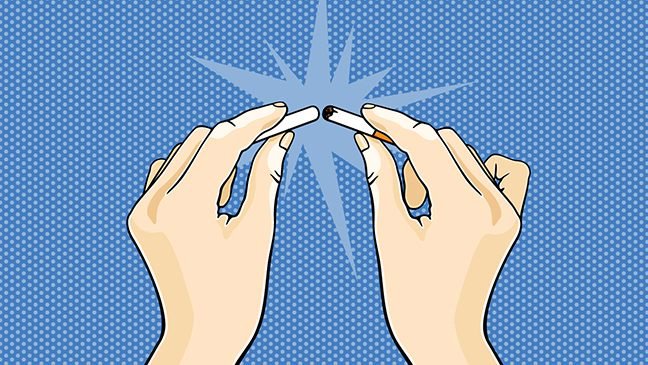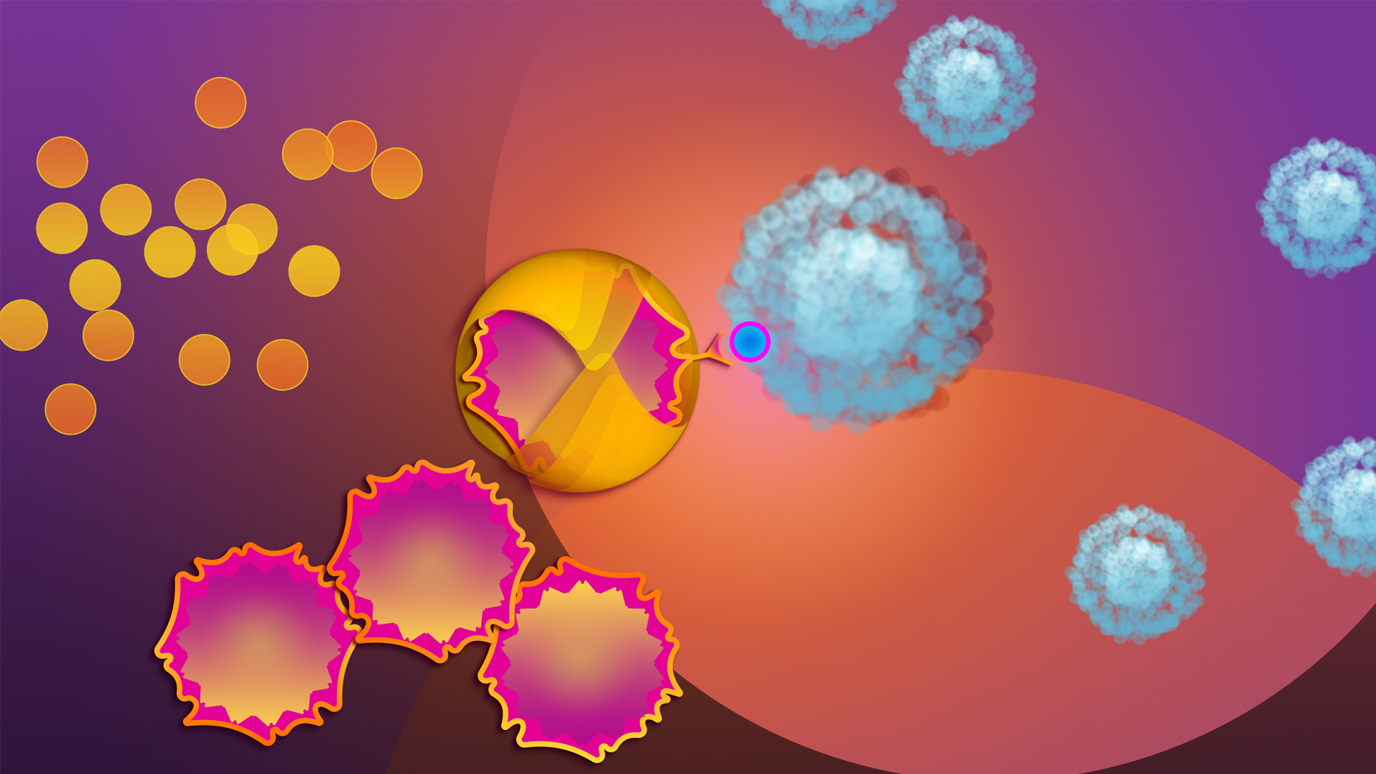- Diseases
- Acoustic Neuroma (16)
- Adrenal Gland Tumor (24)
- Anal Cancer (70)
- Anemia (2)
- Appendix Cancer (18)
- Bile Duct Cancer (26)
- Bladder Cancer (74)
- Brain Metastases (28)
- Brain Tumor (234)
- Breast Cancer (726)
- Breast Implant-Associated Anaplastic Large Cell Lymphoma (2)
- Cancer of Unknown Primary (4)
- Carcinoid Tumor (8)
- Cervical Cancer (164)
- Colon Cancer (168)
- Colorectal Cancer (118)
- Endocrine Tumor (4)
- Esophageal Cancer (44)
- Eye Cancer (36)
- Fallopian Tube Cancer (8)
- Germ Cell Tumor (4)
- Gestational Trophoblastic Disease (2)
- Head and Neck Cancer (14)
- Kidney Cancer (130)
- Leukemia (342)
- Liver Cancer (50)
- Lung Cancer (286)
- Lymphoma (278)
- Mesothelioma (14)
- Metastasis (30)
- Multiple Myeloma (100)
- Myelodysplastic Syndrome (60)
- Myeloproliferative Neoplasm (6)
- Neuroendocrine Tumors (16)
- Oral Cancer (102)
- Ovarian Cancer (178)
- Pancreatic Cancer (160)
- Parathyroid Disease (2)
- Penile Cancer (14)
- Pituitary Tumor (6)
- Prostate Cancer (150)
- Rectal Cancer (58)
- Renal Medullary Carcinoma (6)
- Salivary Gland Cancer (14)
- Sarcoma (238)
- Skin Cancer (300)
- Skull Base Tumors (56)
- Spinal Tumor (12)
- Stomach Cancer (66)
- Testicular Cancer (28)
- Throat Cancer (92)
- Thymoma (6)
- Thyroid Cancer (100)
- Tonsil Cancer (30)
- Uterine Cancer (86)
- Vaginal Cancer (18)
- Vulvar Cancer (22)
- Cancer Topic
- Adolescent and Young Adult Cancer Issues (22)
- Advance Care Planning (12)
- Biostatistics (2)
- Blood Donation (18)
- Bone Health (8)
- COVID-19 (360)
- Cancer Recurrence (120)
- Childhood Cancer Issues (120)
- Clinical Trials (628)
- Complementary Integrative Medicine (22)
- Cytogenetics (2)
- DNA Methylation (4)
- Diagnosis (238)
- Epigenetics (6)
- Fertility (62)
- Follow-up Guidelines (2)
- Health Disparities (14)
- Hereditary Cancer Syndromes (128)
- Immunology (18)
- Li-Fraumeni Syndrome (8)
- Mental Health (122)
- Molecular Diagnostics (8)
- Pain Management (62)
- Palliative Care (8)
- Pathology (10)
- Physical Therapy (18)
- Pregnancy (18)
- Prevention (936)
- Research (390)
- Second Opinion (78)
- Sexuality (16)
- Side Effects (616)
- Sleep Disorders (10)
- Stem Cell Transplantation Cellular Therapy (216)
- Support (408)
- Survivorship (328)
- Symptoms (182)
- Treatment (1788)
Myelofibrosis survivor: Why I chose MD Anderson
4 minute read | Published July 02, 2020
Medically Reviewed | Last reviewed by an MD Anderson Cancer Center medical professional on July 02, 2020
When I was diagnosed with myelofibrosis in March 2017, I didn’t know it was a bone marrow disorder that could turn into leukemia. All I knew was that I wanted to live, so I needed to figure out what to do next.
My wife, Diane, combed the internet for the best doctors, clinical trials and stem cell transplant centers. We spent the remainder of 2017 visiting seven of them across the country.
Ultimately, we chose MD Anderson for my myelofibrosis treatment. Based on what we saw, read and heard, we believed it was the best in the nation for our needs. My results — and the fact that I’m still here to talk about them — validate that.
My myelofibrosis diagnosis
The only myelofibrosis symptom I had was very itchy palms. My dermatologist prescribed an ointment to treat it, but the itching didn’t stop.
Then the blood work from my annual physical at the VA clinic showed some abnormalities. I sent the results to my regular physician. He suspected I had leukemia and asked me to come in right away. Subsequent tests at a local cancer center showed I had myelofibrosis.
The oncologist there said I only had about 10 more years to live. Subsequent visits with other myelofibrosis experts dropped that number down to three — and even that was questionable, given the four genetic markers I have. I was shocked and saddened, but determined to do whatever I could to live a longer life.
Why I chose MD Anderson for my myelofibrosis treatment
Then I came to MD Anderson, where we met with hematologist Dr. Srdan Verstovsek and stem cell transplant specialist Dr. Uday Popat.
What impressed us most about Dr. Verstovsek was that he was not only aware of all the ongoing clinical trials related to myelofibrosis — he also knew the status of each and every one. And, Dr. Popat was the first doctor who did not speak to me in numbers. He reviewed all of my test results and told me I would do well, with proper treatment. That was the most uplifting moment I’d had since my diagnosis.
Finding a donor for my stem cell transplant
I’d been encouraged by most of the experts we met with to consider a stem cell transplant, rather than a clinical trial. All felt I was a good candidate for one, so that’s the scary but exciting route we took. I come from a large family, with 12 siblings. But none of the five still living was a good match to be my stem cell donor. We had to search the national bone marrow registry.
Fortunately, a 21-year-old female somewhere in the U.S. was a perfect tissue match. I had the stem cell transplant using her donated cells on March 6, 2018.
My recovery was arduous, but fairly uncomplicated. Within a year, I was able to engage in all the activities I’d enjoyed prior to my stem cell transplant.
My biggest myelofibrosis recovery setback
I had my biggest setback after my recovery in June of 2019. Last summer, I was hospitalized with pneumocystis jiroveci pneumonia, an opportunistic fungal infection that often strikes people with compromised immune systems.
I spent almost 90 days in an Illinois hospital — eight of those on a ventilator. I came very close to dying. My wife worked closely with my local physicians to ensure that I was never given any medications that would be unwise, given my post-transplant status. That’s important, since the local doctors didn’t have much experience in treating someone like me. I’m very grateful they were open to Dr. Popat’s guidance.
By the time I was discharged in September 2019, I literally had no muscle tone left. I couldn’t even sit up on the edge of my bed for a few seconds. Since then, I’ve been slowly regaining my strength, thanks to Rhodora Fontillas, our outpatient physical therapist at MD Anderson. She is not only delightful, but extremely well-informed on how to redevelop lungs and muscles.
I’ve also been weaning off of the supplemental oxygen I’ve needed since last June. And I remain myelofibrosis-free.
Looking back now, I realize how fortunate I’ve been to have had such a fantastic group of people supporting me. My wife is the best primary caregiver in the world. And I bonded very strongly with Dr. Popat and his team. I trusted him with my life, and he gave it back to me.
Request an appointment at MD Anderson online or by calling 1-877-632-6789.
Related Cancerwise Stories

I trusted him with my life, and he gave it back to me.
Bill Crutcher
Survivor





